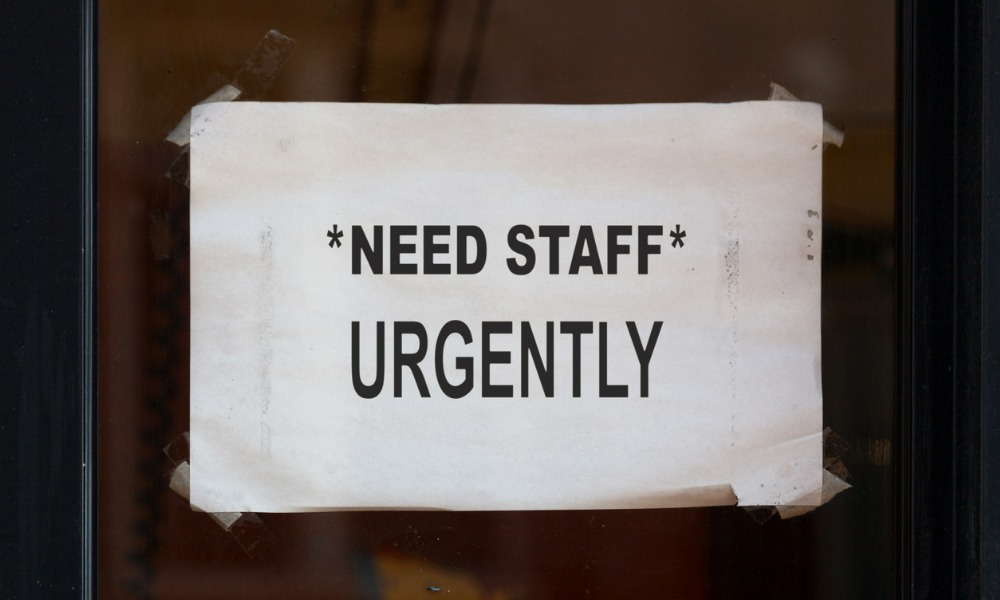Almost a quarter of Canadians have recently changed jobs

The pandemic has made waves on the global scale, not just for obvious reasons but also because it has had a significant impact on our relationship with our jobs.
At this point, you will have heard of the worldwide trend known as the Great Resignation (also known as the Great Reshuffle). Record numbers of Canadians (and indeed, workers around the world) are quitting their jobs for a number of reasons: mental health, a better job opportunity or simply the need for a bit of a break. An article published in July this year by the Financial Post estimates that a whopping 24 per cent (almost a quarter!) of Canadians changed jobs recently.
And the effects of employee turnover – especially turnover at this rapid – don’t stop at the gates of HR. There are huge ripple effects, including to workplace health and safety.
Read more: How to fight the 'great resignation'
Indeed, if there’s another trend that the pandemic has pushed along, it’s that workers are now more than ever before concerned with workplace health and safety. This of course makes sense given the dramatic changes organizations had to implement to contend with COVID – included measures such as vaccine mandates, mandatory PPE such as face masks, and physical distancing.
Workers have come to expect more from their companies, more safety programs for one, and better accountability. And with the job market being so fluid, they know that if their organization isn’t up to scratch on matters of safety, they can find somewhere. This is one of the prime ways in which the Great Resignation is having an impact on workplace safety – workers just aren’t willing to compromise on their health and safety anymore.
Read more: Why many employees will resign if they don't get paid more
Much has also been made of labour shortages across a range of sectors, most notably construction. Not only can labour shortages lead to short staffing, which then leads to employees being tired and over-worked (something that can have seriously negative safety consequences), it also means that there is a well of veteran knowledge that is being lost. This legacy knowledge needs to be preserved. Mentorship and training are hugely valuable when it comes to transmitting healthy and safe behaviours.
And speaking of training, with such an exodus of workers, health and safety training has been disrupted. Having to replace and onboard new workers at rapid rates can be risky because you’ll want to make sure that the quality of the training isn’t slipping despite the turnover rate. Separately, organizations may also be losing their training capacities as the workers responsible leave for greener pastures.
Broadly, to retain workers, organizations need to take a more holistic view of the health of workers. This includes tackling issues such as presenteeism and workers’ mental health, but also focusing on their increasing needs of physical safety. When forced by provincial and federal governments during the pandemic, many organizations were able to put into place effective safety programs. Many organizations also did it at their own initiative. There was also a massive focus on mental health during the pandemic that shouldn’t be lost. Workers are expecting more from their organizations when it comes to health and safety. If they don’t deliver, they’ll simply move on.





